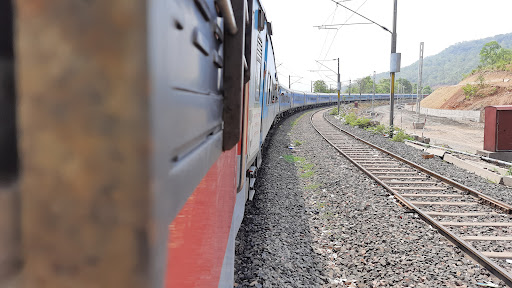Khajuraho Western Group of Temples things to do, attractions, restaurants, events info and trip planning
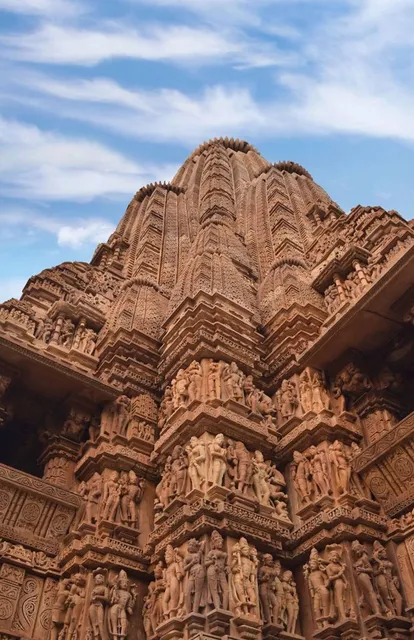
Basic Info
Khajuraho Western Group of Temples
Sevagram, Khajuraho, Madhya Pradesh 471606, India
4.7(3.1K)
Open 24 hours
Save
spot
spot
Ratings & Description
Info
Cultural
Family friendly
attractions: Khajuraho Temple, Matangeshwar Temple, Kandariya Mahadeva Temple, Vishwanath Temple, Parvati Temple, Varaha Temple, Chitragupta Temple, Pratapeshwar Temple, Devi Jagadambi Temple, Aadivart tribal museum khajuraho, restaurants: Raja Cafe Restaurant , Khajuraho, Mosaic Cafe & Restro, Maharaja Cafe & Restaurant, Saffron cafe restaurant, Zaheer Paratha & Lassi Corner, La Bella Italia Restaurant, MADRAS COFFEE HOUSE, Lala ji ki rasoi pure veg, Madras Coffee House, Flavours Cafe Multi Cuisine Restaurant
 Learn more insights from Wanderboat AI.
Learn more insights from Wanderboat AI.Plan your stay

Pet-friendly Hotels in Khajuraho
Find a cozy hotel nearby and make it a full experience.

Affordable Hotels in Khajuraho
Find a cozy hotel nearby and make it a full experience.

The Coolest Hotels You Haven't Heard Of (Yet)
Find a cozy hotel nearby and make it a full experience.

Trending Stays Worth the Hype in Khajuraho
Find a cozy hotel nearby and make it a full experience.
Reviews
Nearby attractions of Khajuraho Western Group of Temples
Khajuraho Temple
Matangeshwar Temple
Kandariya Mahadeva Temple
Vishwanath Temple
Parvati Temple
Varaha Temple
Chitragupta Temple
Pratapeshwar Temple
Devi Jagadambi Temple
Aadivart tribal museum khajuraho
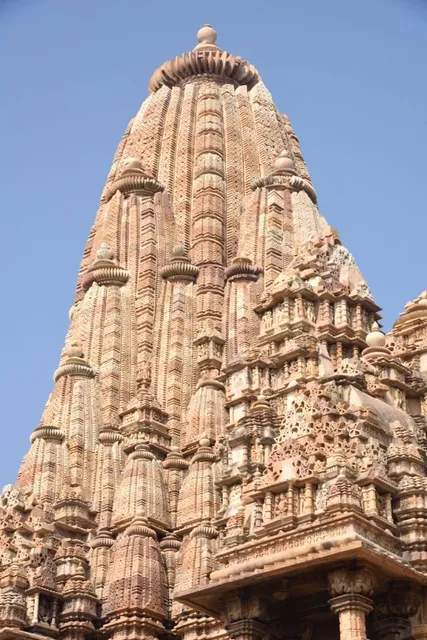
Khajuraho Temple
4.7
(3.8K)
Open until 6:00 PM
Click for details
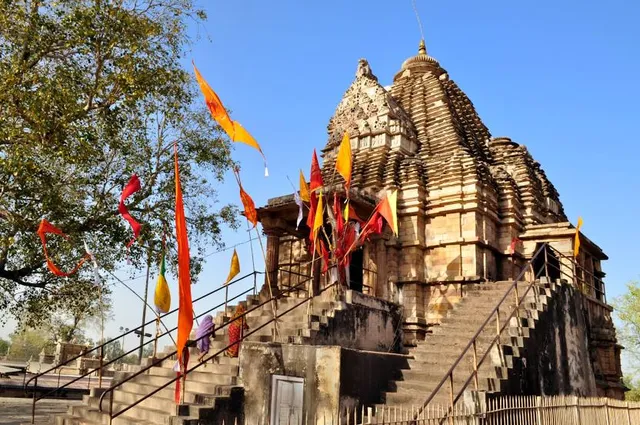
Matangeshwar Temple
4.7
(291)
Open 24 hours
Click for details
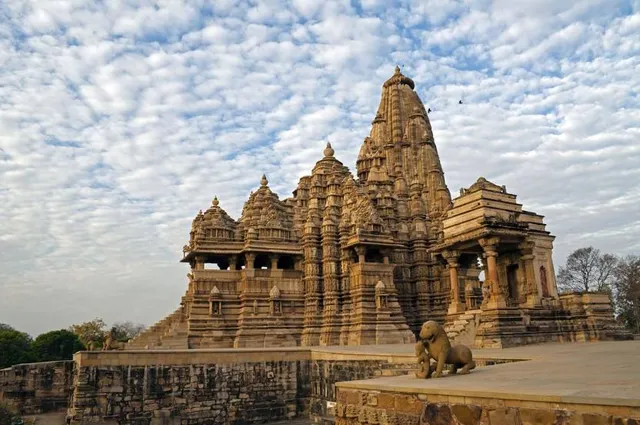
Kandariya Mahadeva Temple
4.6
(666)
Open 24 hours
Click for details
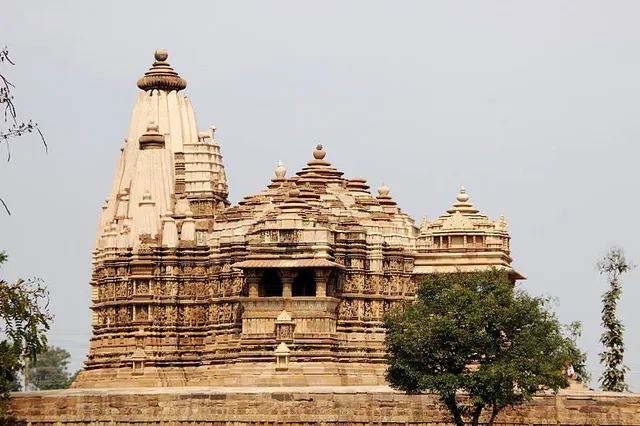
Vishwanath Temple
4.7
(167)
Open 24 hours
Click for details
Nearby restaurants of Khajuraho Western Group of Temples
Raja Cafe Restaurant , Khajuraho
Mosaic Cafe & Restro
Maharaja Cafe & Restaurant
Saffron cafe restaurant
Zaheer Paratha & Lassi Corner
La Bella Italia Restaurant
MADRAS COFFEE HOUSE
Lala ji ki rasoi pure veg
Madras Coffee House
Flavours Cafe Multi Cuisine Restaurant
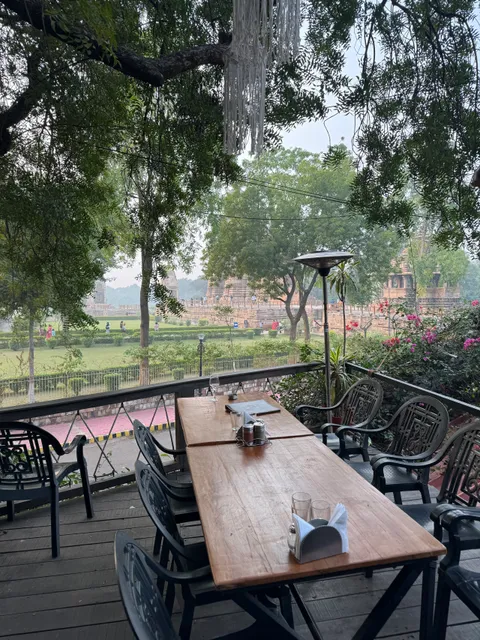
Raja Cafe Restaurant , Khajuraho
4.1
(770)
Click for details
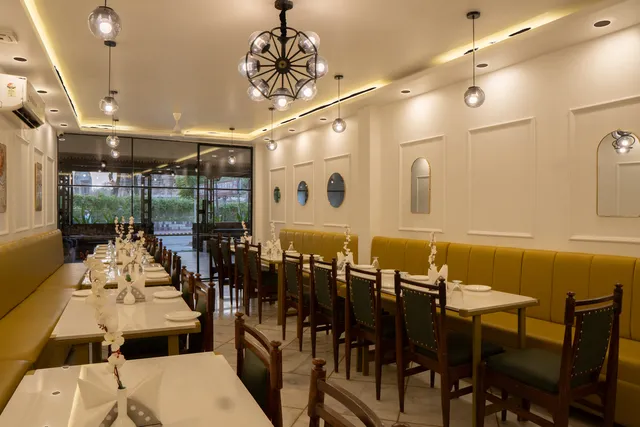
Mosaic Cafe & Restro
4.9
(86)
Click for details

Maharaja Cafe & Restaurant
3.8
(90)
Click for details
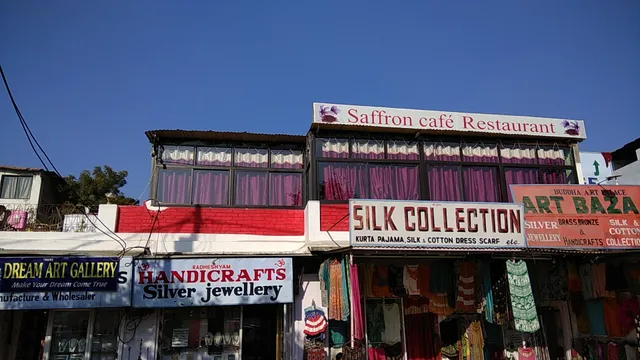
Saffron cafe restaurant
3.9
(55)
Open until 9:00 PM
Click for details


